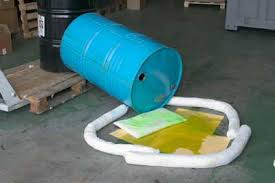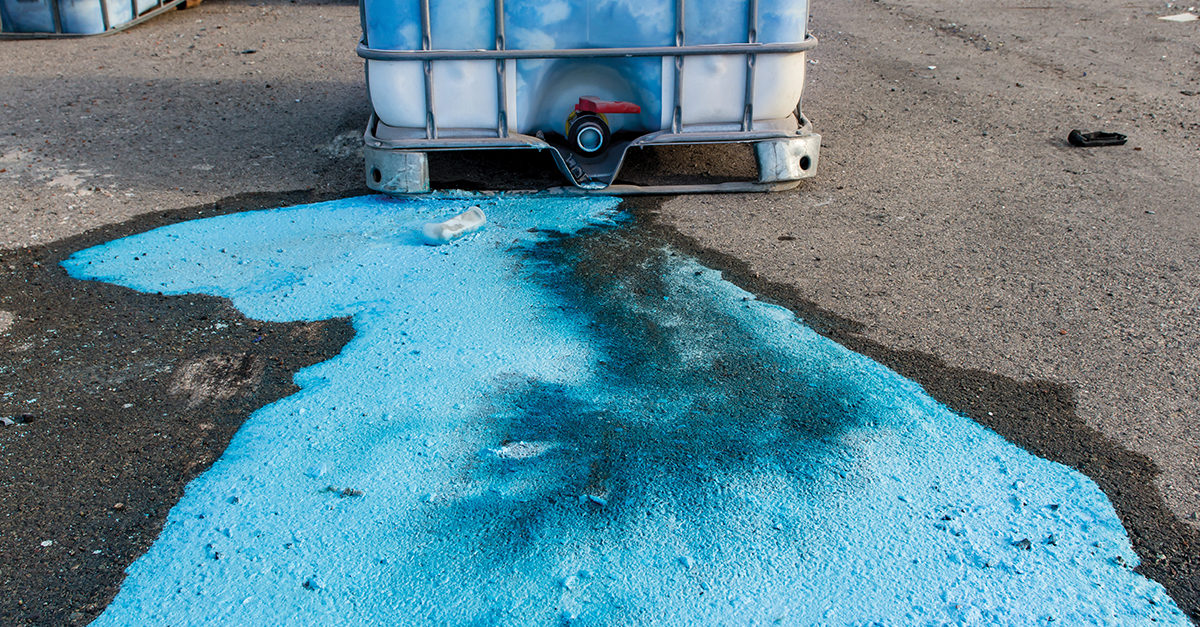Common Pitfalls with Industrial SPCC
Spill Prevention, Control, and Countermeasure (SPCC) plans are critical for industrial facilities that store and handle oil products. However, there are several common pitfalls that facilities encounter during development, implementation, and maintenance of an SPCC plan. Here are the most frequent ones:
Incomplete or Outdated SPCC Plans

- Outdated information: Failing to update the plan every 5 years or after significant changes to the facility or oil-handling operations.
- Missing elements: Not including required components such as secondary containment details, facility diagrams, or inspection procedures.
Improper Secondary Containment
- Inadequate capacity: Containment structures (like berms or dikes) don’t hold the required volume (typically 110% of the largest container).
- No documentation: Failing to justify the adequacy of spill prevention and response measures if relying on alternative measures (per 40 CFR 112.7(d)).
Lack of Regular Inspections and Maintenance
- No inspection records: SPCC regulations require documentation of regular inspections of tanks, drums, piping, and secondary containment.
- Ignoring corrosion or damage: Not addressing issues identified during inspections.
Inadequate Training and Personnel Involvement
- Untrained staff: Employees involved in oil handling must receive SPCC training at least annually.
- No designated personnel: Not clearly identifying who is responsible for maintaining and implementing the plan.
Poor Facility Diagrams

- Missing or unclear diagrams: Diagrams must clearly show the location and contents of oil storage containers, piping, and transfer areas.
- No flow directions or fail-safes: Diagrams must include relevant flow directions and any spill control devices.
Lack of Professional Engineer (PE) Certification (when required)
- Improper self-certification: Facilities that exceed threshold oil storage amounts (e.g., >10,000 gallons) often require a PE-certified plan, not just a self-certified one.
Misclassification of Containers
Excluding applicable containers: Failing to include oil-filled equipment or containers that meet the threshold quantity.
Improper assumptions:
Assuming containers under 55 gallons don’t count without verifying applicability.
No Spill Response Procedures or Equipment

- Missing emergency procedures: Plans should clearly outline steps in the event of a release.
- No or insufficient cleanup supplies: Lack of spill kits, booms, or other countermeasures near oil storage areas.
Noncompliance with Recordkeeping Requirements
- Missing logs: No records of training, inspections, or plan reviews.
- No documentation of past spills: Failure to record and assess previous incidents as part of corrective actions.
Assuming SPCC Doesn’t Apply
- Misjudging applicability: Some facilities mistakenly assume SPCC doesn’t apply to them. Any facility storing more than 1,320 gallons aboveground (or 42,000 gallons underground not covered by other regulations) and with potential to discharge to navigable waters must comply.

